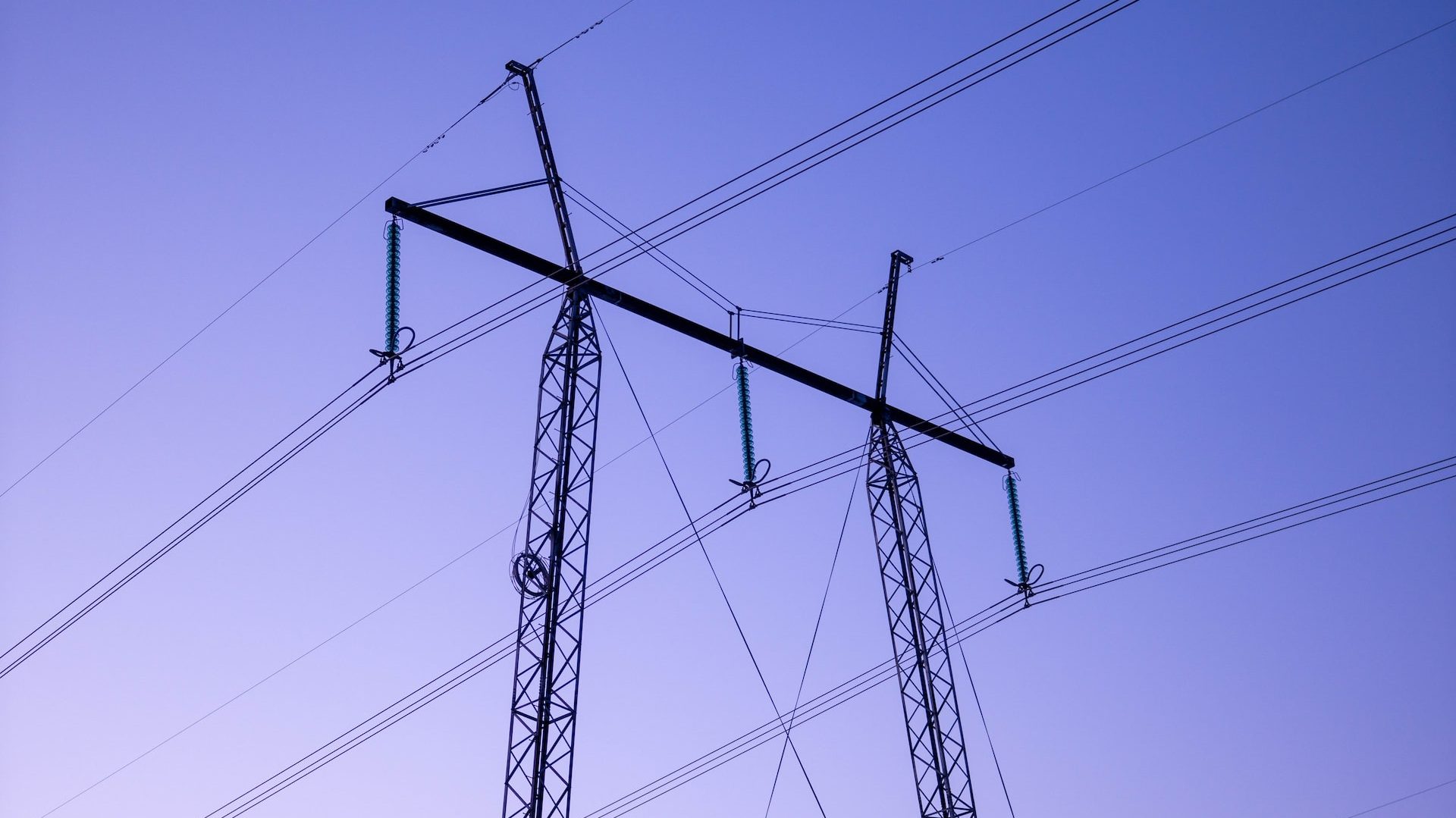At the recently constructed Meadow Lake Tribal Council Bioenergy Centre in northwest Saskatchewan, which is currently being tested by its first winter of operation, Paul Opikokew is prepared for the unexpected as the temperature drops to -28 C.
A computer system that tracks every aspect of the $100 million complex, from the wood chips coming in from the neighboring sawmill to the power going out to around 5,000 houses, is being watched over by Opikokew, a 44-year-old process operator. Opikokew monitors 980 alarms on the computer system.
Opikokew told CBC News during an interview at the plant near Meadow Lake, 250 kilometers northwest of Saskatoon, “It’s something fresh, something that I’m enthusiastic about because it’s new technology and good for the environment.”
Growing up in the Canoe Lake Cree Nation, Opikokew is delighted that NorSask Forest Products, the largest First Nations-owned sawmill in Canada, is giving up a bad practice.
In a device known as a “beehive burner,” the sawmill has essentially burned its wood waste for the past 50 years, including bark, wood chips, and sawdust. Most regions of Canada have phased out or outlawed the free-standing conical steel structure, which is known for its air pollution. Although the outdated incinerator was spewing smoke and ash, NorSask Forest Products persisted in dumping 56,000 tonnes of waste wood inside of it.
Opikokew’s band is one of nine First Nations that make up the Meadow Lake Tribal Council (MLTC), which started out as a joint owner of the NorSask sawmill in 1988 and then became the sole owner of it in 1998. Additionally, despite taking pleasure in creating jobs and income for local communities, the beehive burner has been a persistent blemish on its environmental record.
MLTC chief business officer Tina Rasmussen, a Flying Dust First Nation member, said elders were particularly upset over discarding a fifth of each tree cut from traditional grounds.
Bioenergy center alters that.
“In a closed-loop system, wood waste is burned to produce heat and energy, allowing us to use 100% of that tree. Amazing. We used the resource as our communities expected. Take it, use it, and don’t waste it.”
“It’s quite astounding that this whole facility is 100% Indigenous-owned,” she remarked.
Burning wood emits greenhouse gases. However, the bioenergy plant filters particulate matter and burns pollutants at high temperatures to make ash for farmers.
Rasmussen and others suggest that replacement forests will gradually absorb any carbon dioxide emitted when wood waste was burned for energy, making the process carbon neutral.
Not everyone loves bioenergy facilities. Harvesting trees for wood pellets to create power has drawn criticism for what happens in the forest and the carbon emissions from burning the pellets. This facility uses leftover lumber from trees cut down for homes and furniture.

Power for about five thousand houses
After months of delays, the bioenergy factory is finally up and running, and a CBC News crew was the first to see it.
You can see the fiery red combustion chamber, where temperatures reach around 1,000 degrees C, through a tiny window. Tubes containing thermal oil are gently heated by the fire, and the resulting thermal energy is transformed to electricity.
Out of the 8.3 MW produced by the MLTC Bioenergy Centre, 6.6 MW are sold to SaskPower and utilized to supply electricity to about 5,000 residences in the province. The remaining power is used to operate the bioenergy center and heat a lumber-drying kiln at the sawmill.
It’s not a simple, inexpensive, or fast task to implement a clean energy plan.
In 2008, the MLTC started looking into the possibility of a biomass power plant.
Its objectives were to gradually replace its beehive burner, provide carbon-neutral green power, and provide nine First Nations with jobs and income.
The Harper administration declared in 2012 that it will spend $499,000 in federal funds on project design and environmental studies. At the time, it was anticipated that the projected facility would produce 36 megawatts of clean energy, or around 30,000 homes’ worth. It would take an additional seven years to get to the point in 2019 when the Trudeau administration approved $52.5 million for a scaled-back version of the project through its Investing in Canada green infrastructure program.
“The project is estimated to minimize greenhouse gas emissions by more than one million tonnes over 25 years, and eliminate smoke and other toxic substances to greatly enhance air quality for people,” claimed a Government of Canada release from that time.
The pandemic and supply-chain difficulties raised prices to just beyond $100 million and delayed construction and commissioning. The facility opened late October 2022 instead of February 2022.
Al Balisky, who manages all of MLTC’s investment projects, said Indigenous companies received $35 million in contracts.
“Indigenous participation, in terms of ownership, construction, and now operation… from start to finish was the goal and we’ve done that,” Balisky said, adding that seven of 13 staff are Indigenous.
According to Balisky, the “greatest problem” was obtaining the necessary funding to “bring it all together.” He stated that from a business perspective, it would not make sense for a private corporation to pursue this kind of clean energy initiative if the taxpayers were not paying it.
“These are incredibly expensive initiatives to execute, so without that assistance, this project would not have happened,” he stated. “[T]his project would not have been possible.”
The MTLC business team has expressed the hope that the bioenergy facility will, in the long run, generate profits. These revenues would then be donated to the communities in order to fund local initiatives pertaining to housing, education, and healthcare.


























